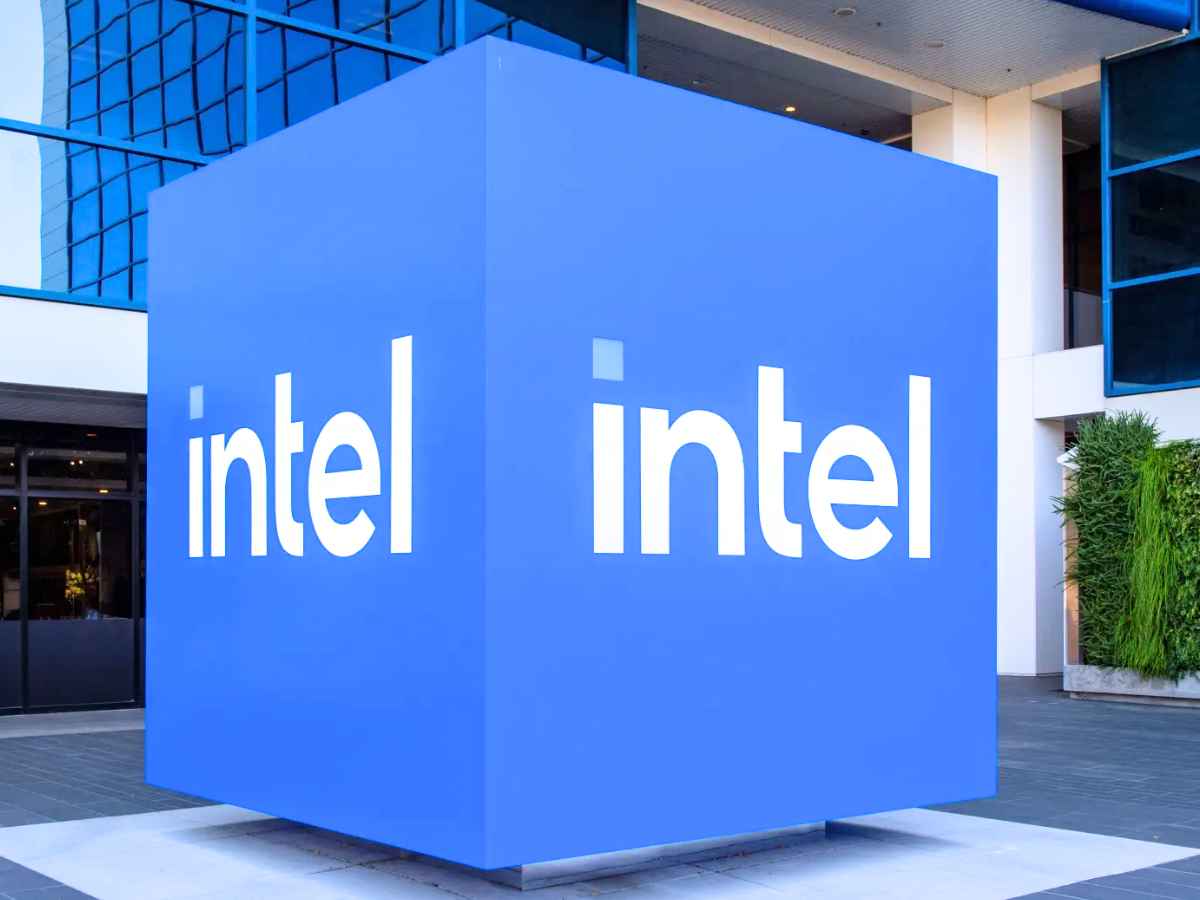The company bets on a leaner, engineer-driven future to regain technological leadership in the face of rising global competition
Intel, the iconic U.S. chipmaker, is about to undergo one of the most significant restructurings in its history. Under the direction of its new CEO, Lip-Bu Tan, the company plans to eliminate 21,000 jobs over the coming weeks, according to Bloomberg. The move comes just months after another drastic cut in 2024, when 15,000 positions were slashed as part of a broader cost-saving initiative.
If completed, the total headcount would shrink to approximately 88,800 employees—a 28% reduction compared to the 124,800 workers it reported in 2023. While officially framed as a strategy to simplify operations and reduce costs, insiders suggest the move reflects a deeper shift in philosophy: fewer managers, more engineers.
Back to the drawing board
Lip-Bu Tan, previously known for his leadership at Cadence Design Systems, is pushing for a culture that prioritizes innovation over hierarchy. His vision for Intel involves stripping away layers of management that, according to him, add little value in an increasingly competitive semiconductor landscape.
The plan? Replace corporate complexity with a renewed focus on engineering excellence. In an industry racing toward artificial intelligence, chip miniaturization, and energy efficiency, Intel wants to reassert itself not as a bureaucratic giant, but as an agile, inventive powerhouse.
Breaking with Silicon Valley tradition
Intel’s new direction runs counter to what most major tech firms have been doing in recent years. Companies like Google and Meta spent the last decade adding managerial layers to oversee their sprawling global operations. Intel, however, is betting that leaner is better—redirecting executive salaries into research and development, where it hopes the investment will pay off.
But it’s a gamble. With AI transforming the tech landscape, Intel has struggled to keep pace. Its competitors, especially in Asia, are pulling ahead in innovation and market share. Even worse, geopolitical uncertainty is adding new layers of complexity.
Tariffs, tensions, and missed opportunities
Although recent tariff increases by the U.S. have spared chips—for now—the threat of expanded sanctions looms. Former President Donald Trump has already floated the idea of widening tariffs to include electronics. For a company that still relies heavily on Asian manufacturing, this could be devastating.
Intel is also under pressure to prove that these cuts are not simply reactive. Back in 2024, the company announced a $10 billion cost-saving target by 2025. But with its stock down 40% over the past year, investors are demanding more than savings—they want a strategy.
April 24: A defining moment
The company’s upcoming Q1 earnings report could be pivotal. Scheduled for April 24, the results may either validate the bold restructuring—or confirm investor fears that Intel’s best days are behind it.
Will Intel’s massive reboot pay off? Or is it a last-ditch effort from a once-dominant player now struggling to remain relevant? The only certainty is that the tech world will be watching.

